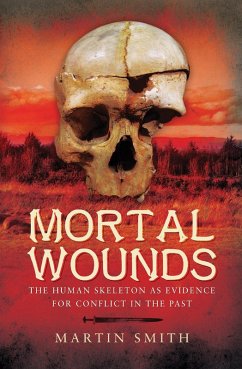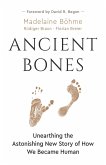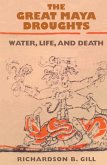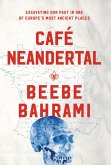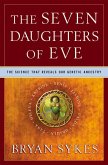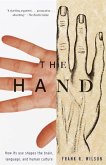A biological anthropologist uses the human skeleton to examine the history of violence from the Mesolithic era to the nineteenth century. Human beings have a violent past. Physical hostilities between people are at least as old as humanity and the roots of such behaviour go very deep. Earlier studies have been based on a range of sources including written documents, as well as archaeological evidence in the form of weapons, armour and defences. However, each of these is fraught with problems and there is in fact only one form of evidence that can both directly testify to past violence and which has also been present throughout the whole human story -the remains of past people themselves. This book brings together a wealth of recently recognised evidence from preserved human skeletons to investigate a range of questions regarding the ways human beings have used violence to achieve their aims, in a single volume presenting this continuous thread of unbroken evidence from the early Stone Age to the 19th century. Who engaged in violence? Who were the victims? How have styles and objectives of conflict changed over time? How old is war and why did it appear when it did? All these and further questions are addressed in this cutting-edge book, the first of its kind to be aimed at the general reader and written for an audience that may not be familiar with what we can learn from the human skeleton about our shared past and the changing face of human conflict. Praise for Mortal Wounds "This well researched, well written book is recommended for archaeologists, military historians and all those interested in the development of human kind." -Minerva "An excellent introduction to the bioarchaeology of interpersonal conflict. [This book] will likely be of greatest interest to bioarchaeologists, but the thorough explanations and descriptions of concepts and methods make the book accessible to a general, non-specialist audience" -Classical Journal "This engaging, well-written, illustrated book introduces readers to a relatively new field within anthropology called "conflict archaeology." . . . The book is aimed at general readers, and Smith avoids jargon whenever possible, clearly defining specialized terms when necessary. The book should also be worthwhile reading for academics with related interests but who lack expertise in skeletal analysis. Summing Up: Highly recommended. All public and academic levels/libraries." -Choice
Dieser Download kann aus rechtlichen Gründen nur mit Rechnungsadresse in A, B, BG, CY, CZ, D, DK, EW, E, FIN, F, GR, HR, H, IRL, I, LT, L, LR, M, NL, PL, P, R, S, SLO, SK ausgeliefert werden.

